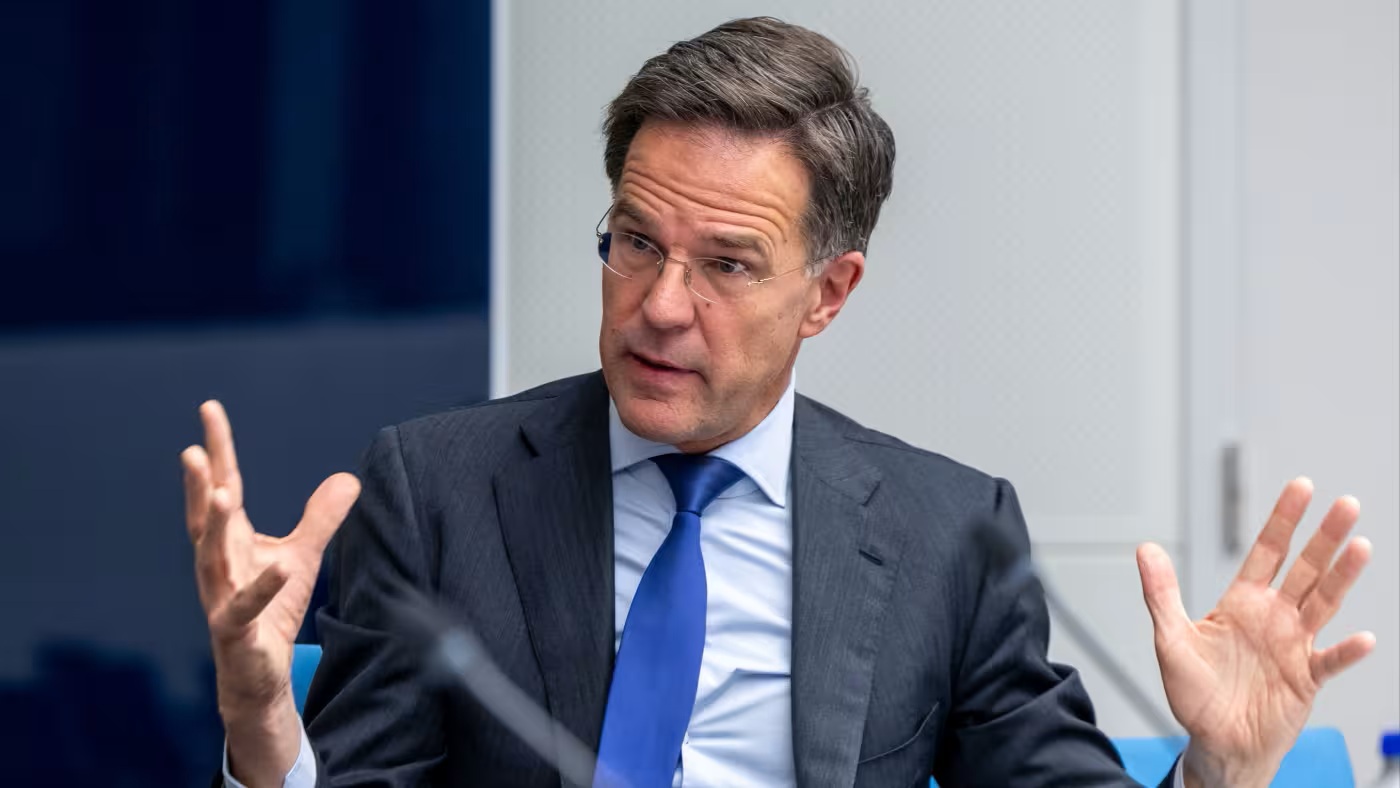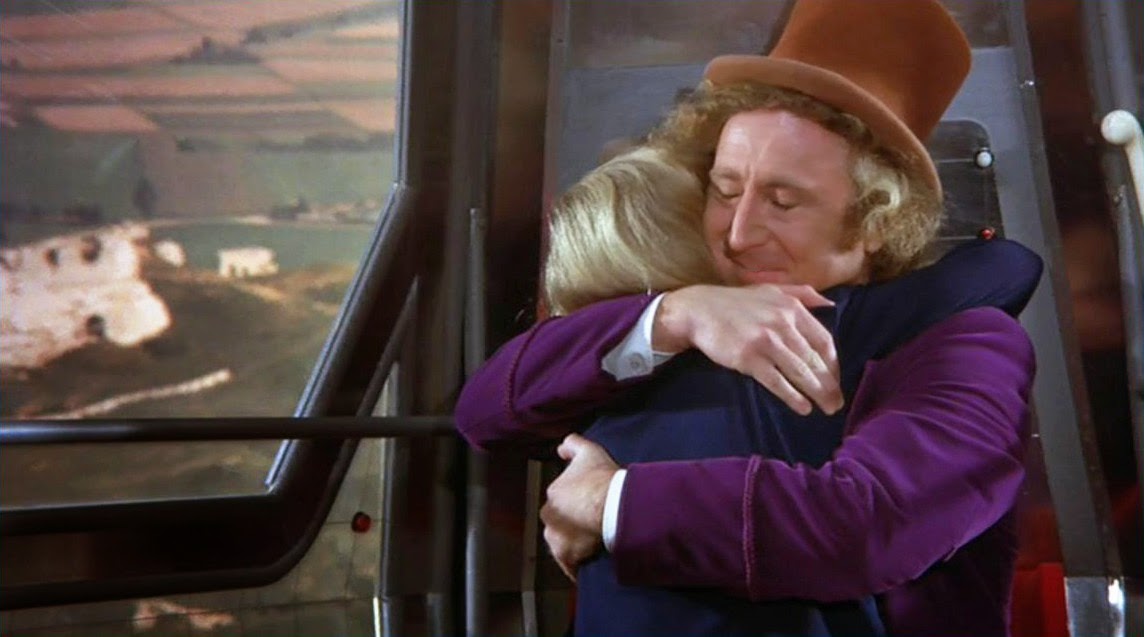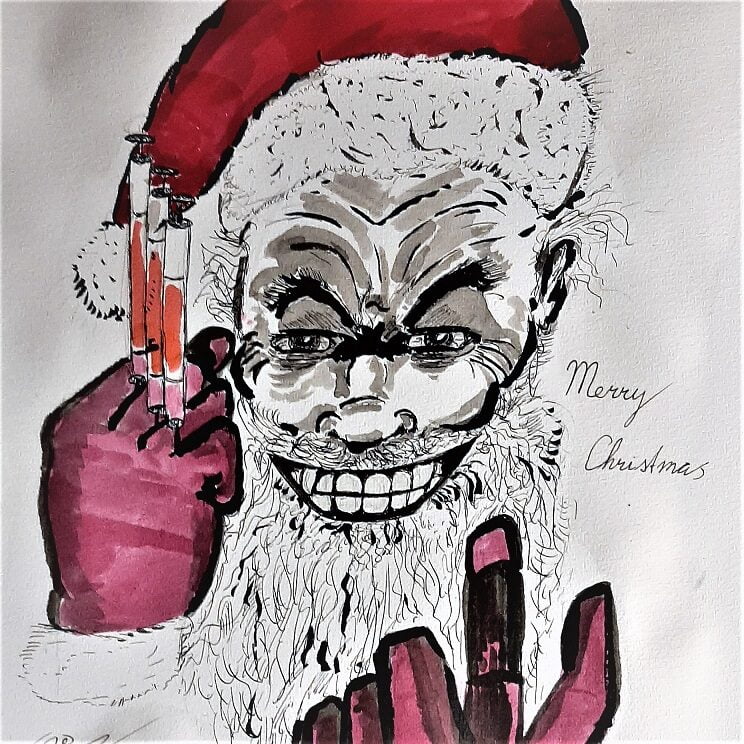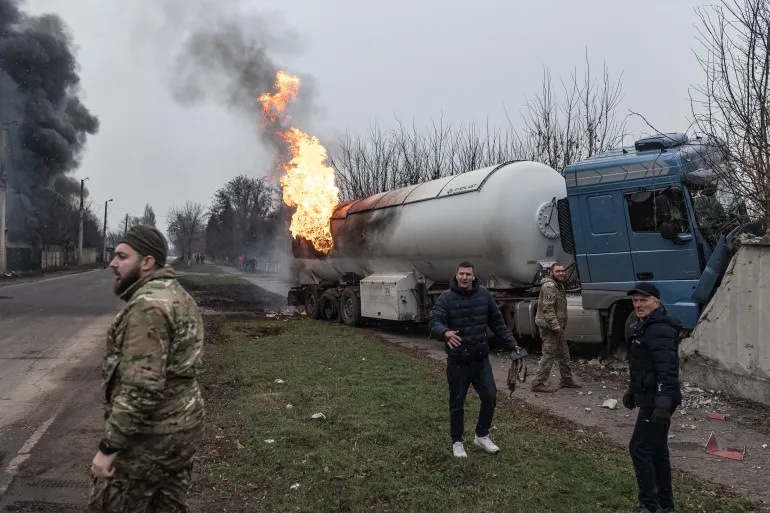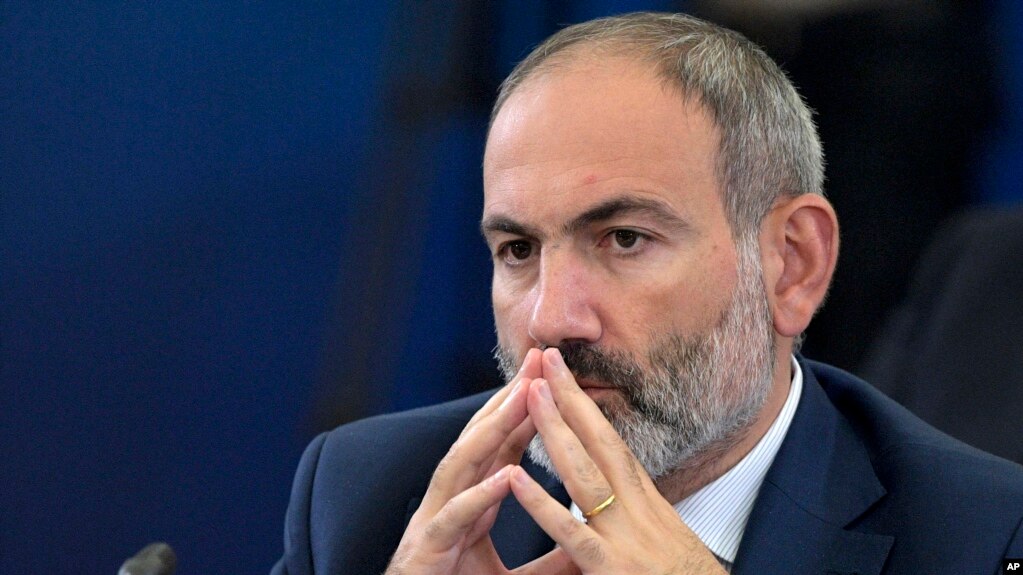
When former Montenegrin President Milo Djukanovic, who ruled the tiny Balkan nation for 32 years, launched a conflict with the Serbian Orthodox Church in 2019, it cost him his grip on power. Although Armenian Prime Minister Nikol Pashinyan’s style of governance more closely resembles that of Serbian President Aleksandar Vucic, his crackdown on the Armenian Apostolic Church risks bringing him the same fate as Djukanovic.
By Nikola Mikovic
There are, indeed, many similarities between Pashinyan and the two Balkan autocrats. The Armenian authorities’ recent decision to arrest a prominent cleric, Archbishop Bagrat Galstanyan, along with 14 others on charges of orchestrating an alleged plot to overthrow the government, echoes the arrest of Serbian Orthodox Church clergymen in Montenegro, including Bishop Joanikije, in May 2020.
In the former Yugoslav republic, around 74-75% of the population are Orthodox Christians, most of them affiliated with the Serbian Orthodox Church. Joanikije’s arrest came amid mass protests that erupted in December 2019 after Djukanovic introduced a controversial religious bill that would effectively strip the Serbian Orthodox Church of most of its property.
As a result of public backlash, Djukanovic’s Democratic Party of Socialists lost the parliamentary election in 2020. That marked the beginning of his gradual loss of power. In December 2020, the new Montenegrin ruling coalition adopted changes to the Law on Religious Freedom. Three years later, Djukanovic lost the presidential election, marking the end of his 32-year rule.
While in power, he employed tactics that portrayed his opponents as conspirators allegedly seeking to overthrow his government. For instance, in 2016, Montenegrin police arrested a group of alleged "Russian nationalists" accused of plotting to assassinate the country’s leader. The incident helped Djukanovic accelerate the process of breaking ties with Russia, Montenegro’s historic ally. In a comparable turn, Pashinyan has sought to steer Armenia away from Moscow since the Second Karabakh War.
A year after the alleged coup attempt in Montenegro, the Balkan nation, with a population of around 600,000, joined NATO. Although Armenia nominally remains a member of the Russian-led Collective Security Treaty Organisation (CSTO), with Pashinyan in power, it is eyeing the establishment of closer ties with NATO. That, however, does not necessarily mean that the South Caucasus nation will join the alliance anytime soon, even if it eventually withdraws from the CSTO, which Pashinyan is actively pushing for.
Still, Yerevan’s foreign policy signals a strategic shift echoing the paths taken by Djukanovic and Vucic. On the one hand, Pashinyan appears to be adopting a Djukanovic-style approach, aiming to neutralise the Armenian Apostolic Church as a potential political opponent. On the other hand, his attempts to normalise relations with Azerbaijan and Turkey resemble Vucic’s stance toward Kosovo and the West.
What Vucic and Pashinyan share is that they both lead countries that have experienced military defeats. Moreover, during the wars they fought – Serbia against NATO over Kosovo in 1999, and Armenia against Azerbaijan over Nagorno-Karabakh – neither nation could rely on Russia’s support. As a result, both leaders are now pursuing policies that face strong opposition from large segments of their populations.
In Armenia, a 2022 survey showed that 57% of the population opposed normalising relations with Turkey, while more recent polls indicated that 68.5% of them do not believe normalisation with Azerbaijan is possible. Despite this, Pashinyan is pushing to establish diplomatic ties with Ankara and reportedly aims to sign a peace deal with Azerbaijan under Baku’s terms.
In Serbia, the vast majority of the population (80%) strongly opposes recognising Kosovo’s 2008 unilateral declaration of independence. However, that did not prevent Vucic from recognising Kosovo-issued IDs, diplomas, and license plates. Also, even though most Serbs blame the West and Kyiv for the war in Ukraine, and have a strong pro-Russian sentiment, Vucic continues to provide ammunition to the Eastern European country.
Thus, both Vucic and Pashinyan are implementing policies that a substantial portion of their societies considers treacherous. At the same time, they are both subject to corruption allegations, or at least lack the political will to address corruption among their allies. But while in Serbia, Vucic has been facing large-scale anti-corruption protests for months, Pashinyan is confronted with demonstrations over the arrest of prominent leaders within the Armenian Apostolic Church.
Despite that, both leaders have managed to stay in power, as the Serbian and Armenian oppositions remain widely unpopular and fragmented. Fully aware that the significant threat to his rule does not come from the opposition parties, but from the Armenian Apostolic Church, Pashinyan appears to be attempting to prepare the ground for the 2026 parliamentary elections.
The arrest of Archbishop Bagrat Galstanyan, who emerged as a leading opposition figure through the “Tavush for the Homeland” movement, alongside the continued campaign against other “problematic” clergymen, could, through a form of political engineering, help Pashinyan’s Civil Contract party improve its very low approval ratings.
Vucic has been employing the same tactics since assuming power in 2012, demonising the opposition and effectively portraying himself as the “lesser evil.” Even if the Civil Contract suffers an election defeat next year, there is no guarantee that the new government will take a fundamentally different geopolitical direction. If developments in Montenegro – where post-Djukanovic political actors have continued pursuing his pro-Western policy – are any indication, Armenia is likely to experience a similar path.
That is why, in the coming months, Pashinyan is likely to take steps – whether by deepening ties with NATO, further escalating tensions with Russia, or accepting Azerbaijan’s demand to amend the Armenian constitution – that would make it difficult for any potential successor to change the country’s foreign policy direction.
His conflict with the Armenian Apostolic Church, therefore, goes beyond his political survival. It is tied to shaping an enduring shift in Armenia’s geopolitical orientation.

